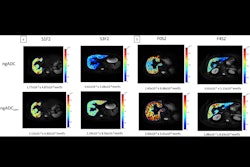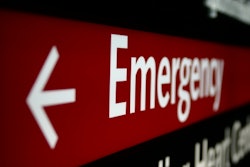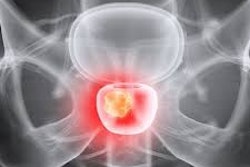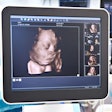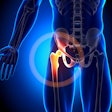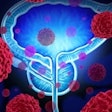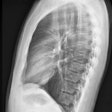More in Home
How can radiation oncology build its workforce?
February 1, 2024
BERT-based AI poised for use in radiology
January 31, 2024
Could yoga help radiologists deal with burnout?
January 31, 2024
Using deep learning with CT helps predict hip fractures
January 31, 2024
AI improves performance of nonradiologists in chest imaging
January 30, 2024
Can PET help diagnose neurosarcoidosis?
January 30, 2024
Deep learning could improve lung ultrasound interpretation
January 30, 2024
EVT appears underused in certain stroke patients
January 30, 2024
Thyroid ultrasound database may spur better diagnostic models
January 29, 2024

